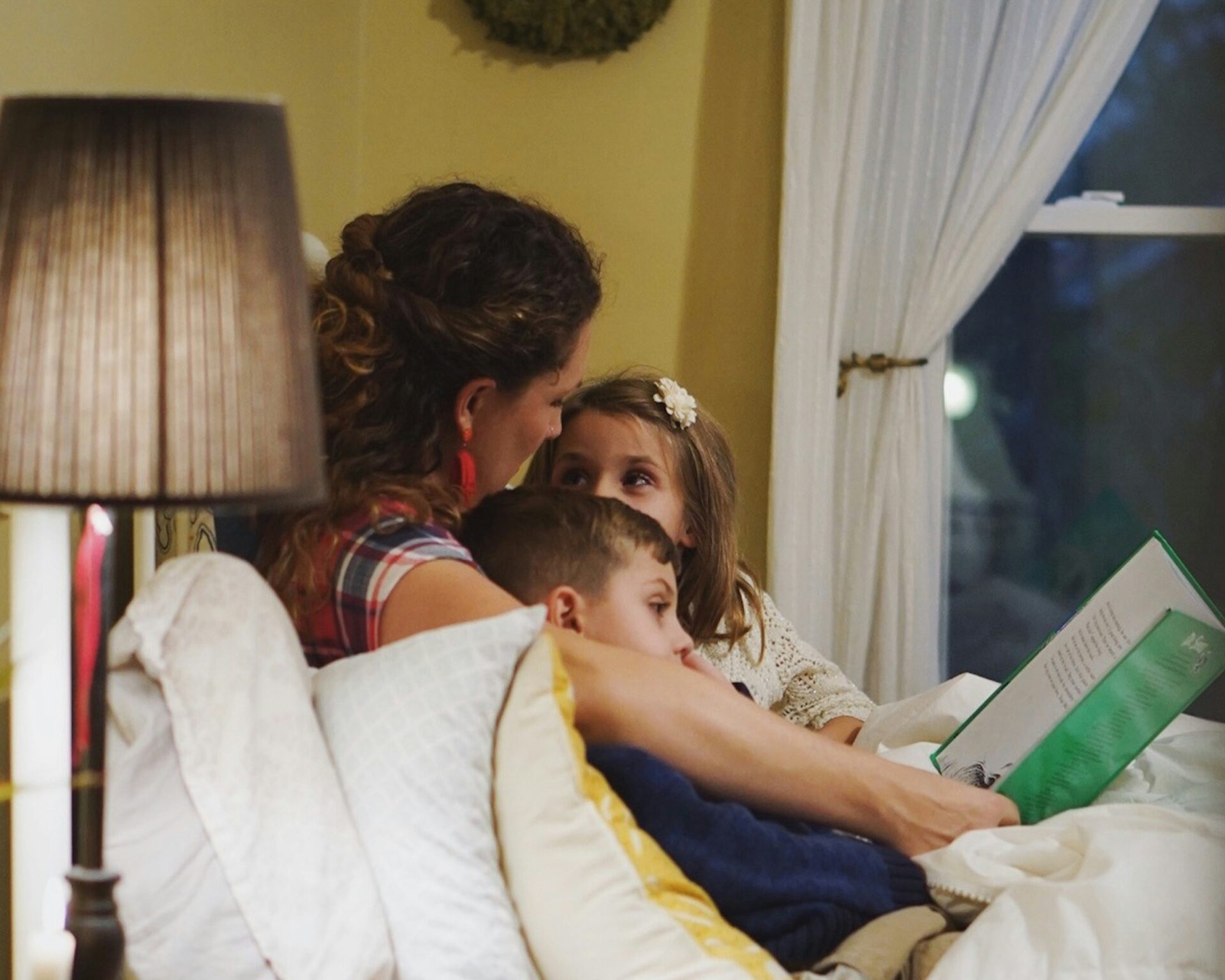How does child support work?
Child support is money that one parent pays to the other, when they have children together but are no longer in a relationship. The amount paid depends on the incomes of both parents and how much time the child(ren) spend with each parent on a month by month basis.
Child support is intended as a ‘balancing’ payment in order to equalize the cost of raising a child between parents. It aims to ensure that one parent is not unfairly disadvantaged by bearing a disproportionate share of the financial responsibilities associated with childcare.
There are three different ways to arrange child support
- Private Arrangement: The parents mutually agree on the details of child support between themselves, including who will pay, the amount, and the payment schedule. Since Inland Revenue (IRD) is not involved, this arrangement is not legally binding.
- Voluntary Agreement: The parents agree on the details of the child support payments and register the agreement with the IRD, which then arranges the payments.
- IRD Formula Assessment: Generally either parent can apply to IRD to determine the child support details and arrange the payments. This is the best option to choose when a parent is refusing to contribute voluntarily, ensuring that the financial responsibilities are fairly distributed.
IRD Formula Assessment
The IRD will consider a number of things when they do a formula assessment:
- A “living allowance”: this is your costs in supporting yourself;
- Any relevant “dependent child allowance”: this takes account of any children you have with your current partner (in other words, the costs of raising your other children who aren’t covered by child support); and
- Any relevant “multi-group allowance”: this takes account of any children from another ex-partner that you have to pay child support. The purpose of this allowance is to make sure you’re able to pay for all your children who are covered by child support.
The IRD calculates each parent’s income, referred to as your “child support income,” by starting with your taxable income (before-tax income) and making specific deductions. IRD then compares the child support incomes of both parents. The difference between these incomes is used to determine who is responsible for paying child support, taking into account the difference in care costs.
You can use this calculator to estimate the amount of child support you may receive or pay, based on an IRD Formula Assessment.
Liable parents who are new to child support and earn salary or wages, will have child support payments deducted by their employer. The IRD will let their employer know how much to deduct and when. If the liable parent does not receive salary or wages, they can set up an automatic payment or direct debit.
If your income has changed you can ask IRD to take this into account. You can read more about how child support is calculated here.
Important things to remember
- Your new partner’s income isn’t taken into account for child support purposes, because they don’t have any legal responsibility to financially support your children.
- A parent might also pay child support to a non-parent carer – for example, Oranga Tamariki or a grandparent – who provides a significant proportion of the child’s on-going daily care.
- It is important to remember that child support is a separate matter to child care arrangements, the IRD does not deal with child matters other than child support.
- Parents should not use child support as a ‘bargaining tool’ when organizing care arrangements.
- IRD child support debt remains even after the child turns 18 and is not discharged through bankruptcy.
- Private child support arrangements may be more favourable than those managed through the IRD, but it’s important to remember that these private agreements are not legally binding.
- Spousal agreements can include child support arrangements.
You can talk to our specialist team today about organizing a private child support agreement.









